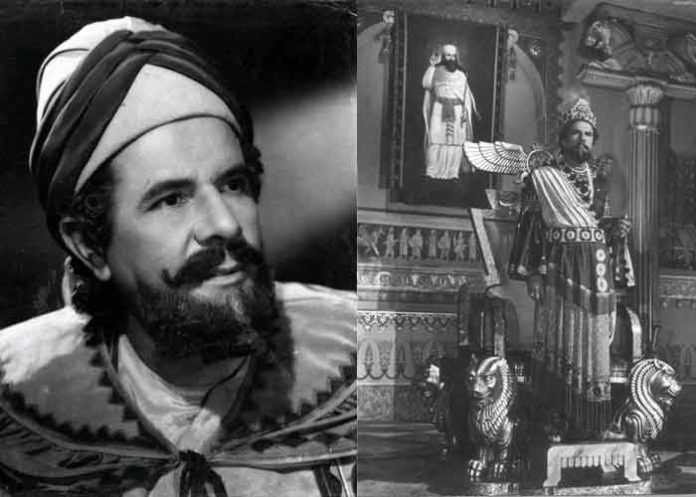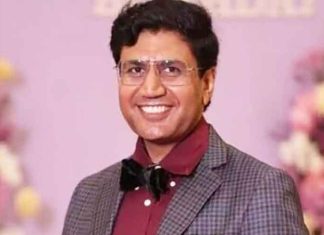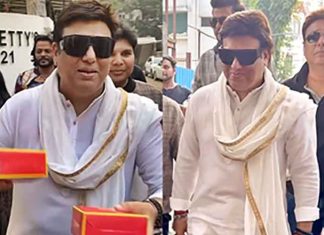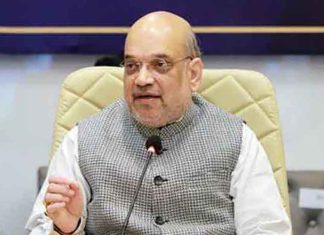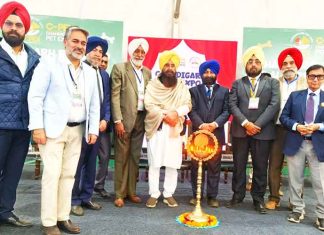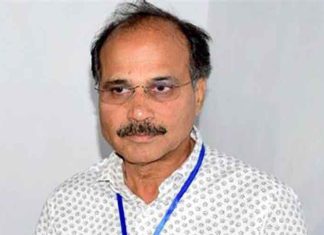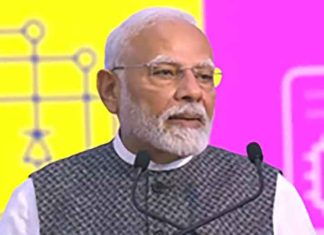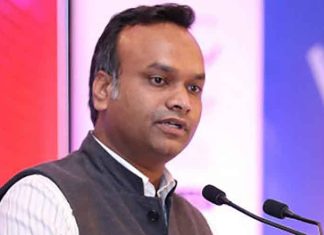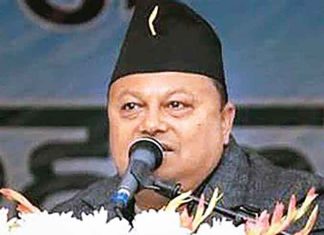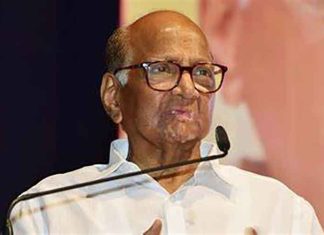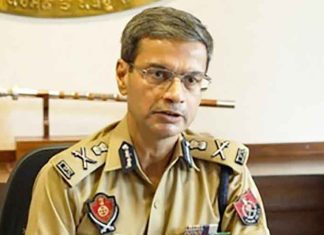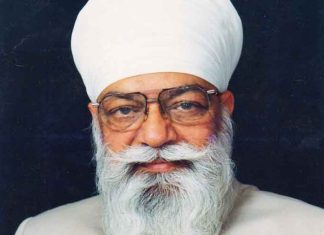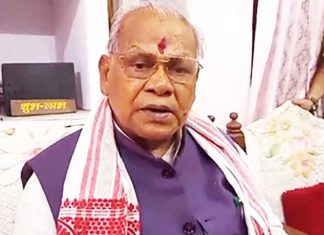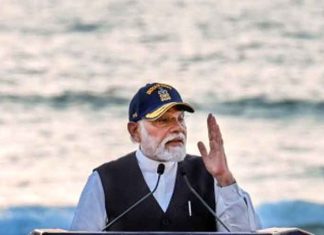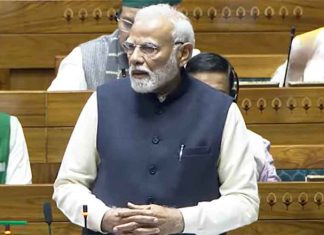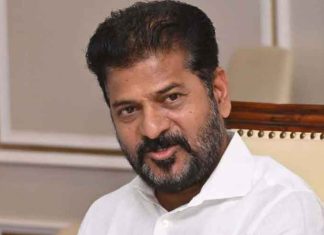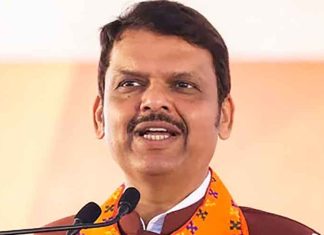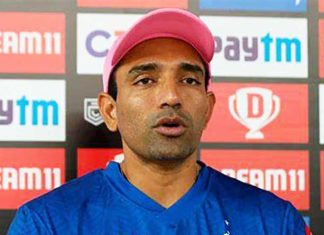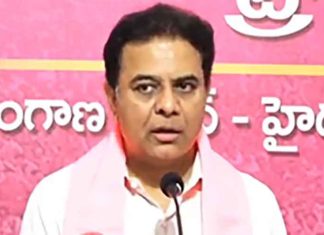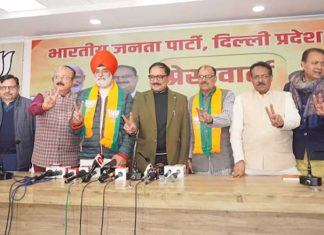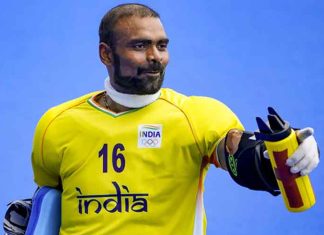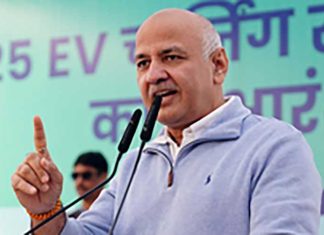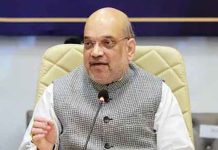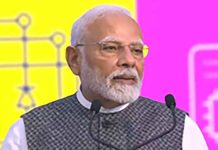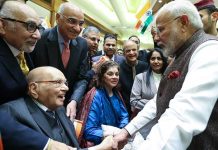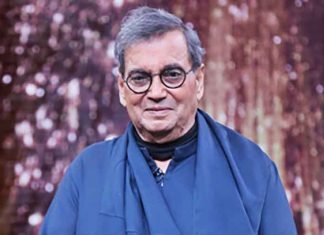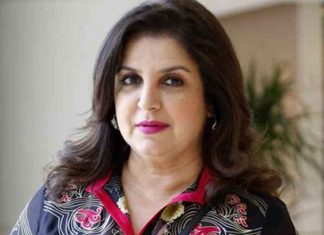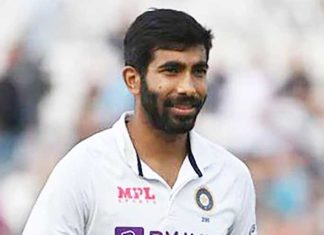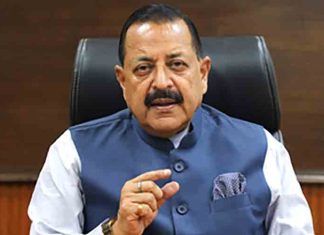New Delhi, Nov 2 2024-
An indifferent student, especially disliking history, he was advised by his school principal to become a politician or an actor, given his imposing personality and resounding voice. As fate would have it, Sohrab Modi became an instrument to teach cine-goers history, bringing alive various facets of India’s glorious past from the era of Raja Porus to Rani Lakshmibai to the Ramakrishna Mission.
As an actor, director, and producer, his forte was making – and usually acting with his deep and thunderous but clear voice – in the lavishly-produced grand epic, comparable with the best of Hollywood’s D.W. “Birth of a Nation” Griffiths and Cecil B. “The Ten Commandments” DeMille. Though his outpost is modest – around 30 appearances as an actor and 26 films directed or produced, they are classics of Hindi films.
Sohrab Merwanji Modi (1897-1984), born in Bombay on this day (November 2), spent his childhood in Rampur, where his father worked for the Nawab, and he picked up flawless Hindi and Urdu. His brush with films started in his teenage years as he and his brothers used to organise film shows across the Central Indian hinterland during the First World War. In the 1920s, he set up a drama company and this, in the mid-1930s, was transformed into his film production company, Minerva Movietone.
His grounding in theatre led to his first two films being adaptations of Shakespeare – “Khoon Ka Khoon” (1935) and “Said-e-Havas” (1936), based on “Hamlet” and “King John”, respectively. However, these were recordings of stage performances and his first proper film was “Atma Tarang” (1937), based on the principles of Swami Ramakrishna Paramhans.
The film flopped and Modi recalled years later that he had gone to a Bombay theatre where the film was being screened but was aghast to find that the audience only numbered some two-dozen people. However, a group of four approached him, commended the film, and assured him that he would be a successful filmmaker one day. Modi said that it was only later that he found that all four were judges of the Bombay High Court.
An undeterred Modi kept on and went on to make a trilogy of socially relevant films – “Jailor” (1938, remade in 1958 with a different cast with him reprising the title role), the tale of a kind man turned domestic tyrant by betrayal, “Meetha Zahar” (1938) on alcoholism, and “Bharosa” (1940), dwelling on the taboo topics of illicit liaisons and incest.
Modi, like his contemporary V. Shantaram, realised the potential of films to deliver a powerful message on social issues, and his pictures would go on to champion the right of Hindu women to divorce and criticise patriarchy, outmoded traditions, and undue stress on social status in changing times.
But it was the vibrant pageant of history that Modi was most known for and began with “Pukar” (1937), set in the times of Mughal Emperor Jahangir, with him as loyal Rajput nobleman Sangram Singh, and continued with “Sikandar” (1941), where he played Raja Porus opposite Prithviraj Kapoor as the Greek invader, “Prithvi Vallabh” (1943) where he played the Parmar king, and then as the Rajguru of Rani Lakshmibai in “Jhansi ki Rani” (1952) – India’s first technicolour film.
His oeuvre also included “Nausherwan-E-Adil” (1957), set in Zorastrian-era Persia – and which gave Raaj Kumar his break, mythological films like “Narasimha Avatar” (1949) – one of the few not to feature Jeevan as Narad Muni, “Kundan” (1955) based on Victor Hugo’s “Les Miserables”, and above all, “Mirza Ghalib” (1954), which brought back the poet into public consciousness and the golden tones of Suraiya, aided by Talat Mehmood and Mohammad Rafi, gave a new life to his ghazals.
It was, however, in “Sikandar” that he developed the “(verbal) confrontation” – as two titanic stars engage in a high-sparks rhetorical duel – as a major ingredient of Hindi cinema. He demonstrated his prowess over the trait as bitter persecuted Jew Ezra in Bimal Roy’s “Yahudi” (1958) – where he got top billing over hero Dilip Kumar. Remember “.. Tumhara gham hai gham, auron ka gham khwaab-o-kahani hai? Tumhara khoon hai khoon, hamara khoon pani hai?”
His voice’s power was such that it drew people just to hear him – as he learnt once when he was checking the response to his latest film in a Bombay theatre and saw a viewer sitting with closed eyes. It was found that the man was blind and came just to listen to Modi.
Modi made his final appearance as Hema Malini’s axe-toting wazir in “Razia Sultana” (1983), and though in his mid-80s, was still game for a new film though his magnificent voice had weakened due to illness and age.
As his wife – and frequent co-star – Mehtab once revealed, her husband had no other interests apart from film-making. (Agency)




